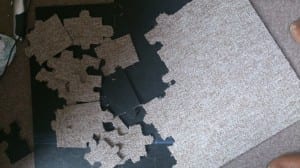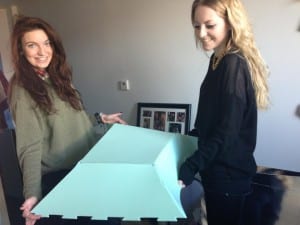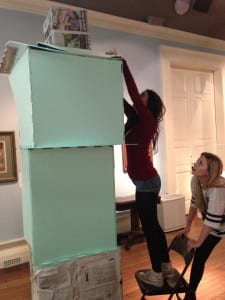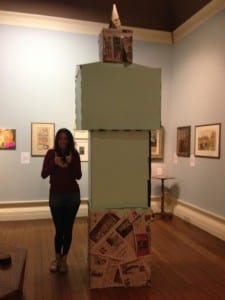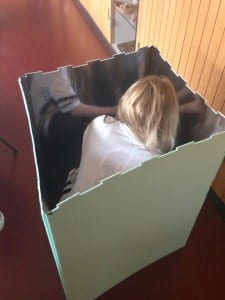As part of our final performance, we have decided to incorporate a teamwork exercise of putting together a puzzle, which will reflect the work of James Ward Usher’s clock collection and his ideas on industrialism. Our piece displays a condensed working day in to a six hour performance that will provide the experience of each significant task that we perform every day in our daily routine, highlighting the time it takes and how it is an integral part of our day-to-day lives. As Dion Boucicault remarks “Men talk of killing time, while time quietly kills them.” We do not appreciate or realise the time in which we waste performing important but mundane tasks as it becomes second nature to us, therefore, this is one of the points we try to accentuate in the durational piece.
The reason that we have decided to include a puzzle in our performance is because we wanted a section of the performance to contain a teamwork aspect that could reflect the mechanism of the inside of a clock. All the components have a part to play in order for the clock to become fully functional in which each of our group represents.
We have decided to use 9 carpet tiles measuring a square metre each as the material for the puzzle in which we will draw a skeleton/outline of a clock onto before we cut the tiles into puzzle pieces. The carpet tiles we have chosen are a light beige colour which contrasts to the dark midnight blue flooring and walls in Gallery 3. This will make the puzzle solving stand out to the audience and will require us all to work together as if we were in a factory assembling a clock for production.
The process of putting the puzzle together will be the imitation of our work/job in a factory of producing clocks and will take 90 minutes to complete, including a 15 minute working lunch break in the middle.
There have been some slight difficulties with the process of cutting the carpet tiles into puzzle pieces as the base that the carpet sits on is a thick plastic which, although it will be more convenient for putting the puzzle back together, it poses the problem of cutting them out to begin with. For this, we had to purchase Stanley knives which are specifically used for cutting carpet tiles and have proved to be a much easier solution for the task.
We are still in the process of discovering if the puzzle will work in the piece as it is quite a daunting task putting together a puzzle that we have created ourselves but we feel that it is an integral part of the performance.
